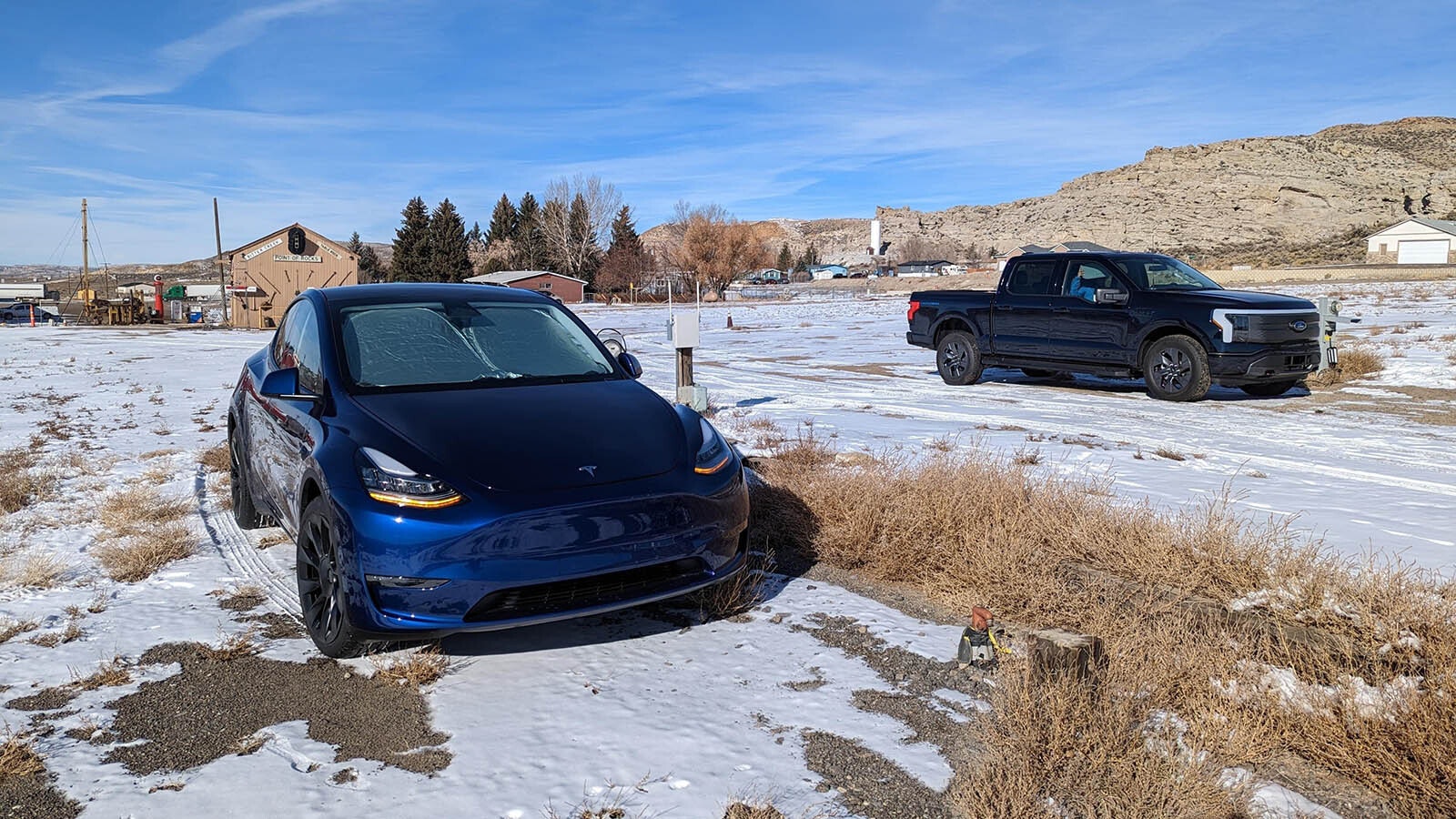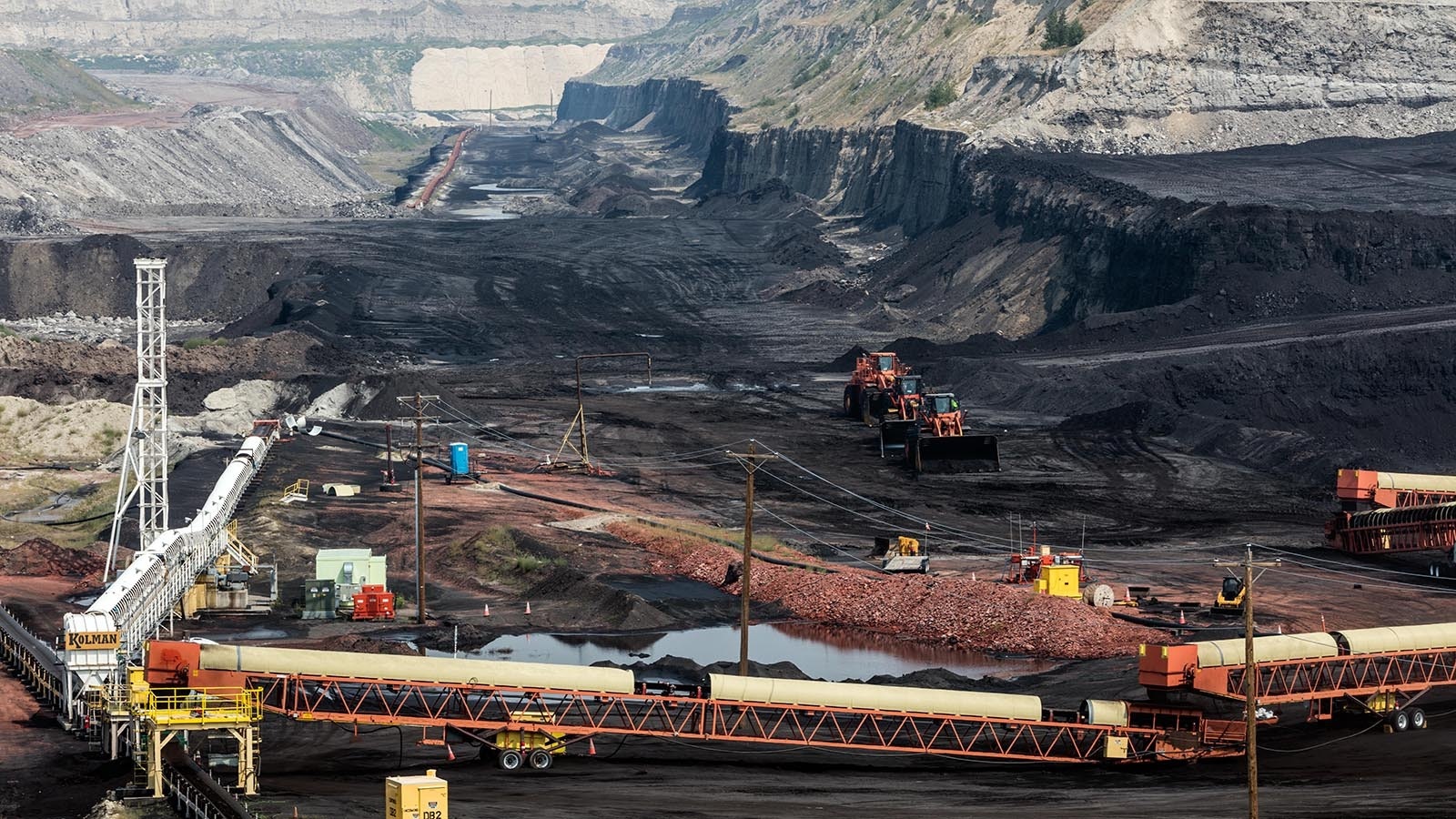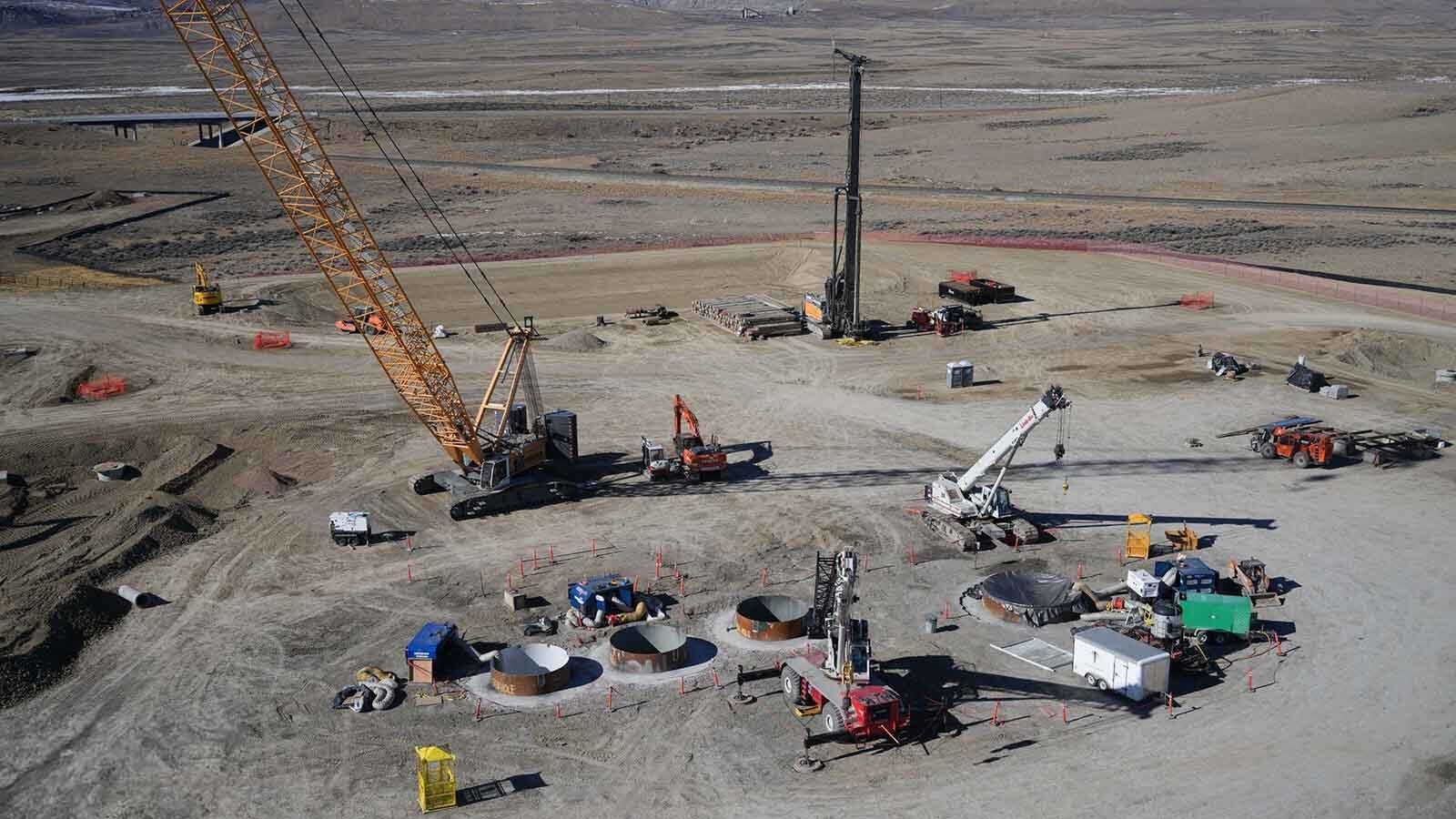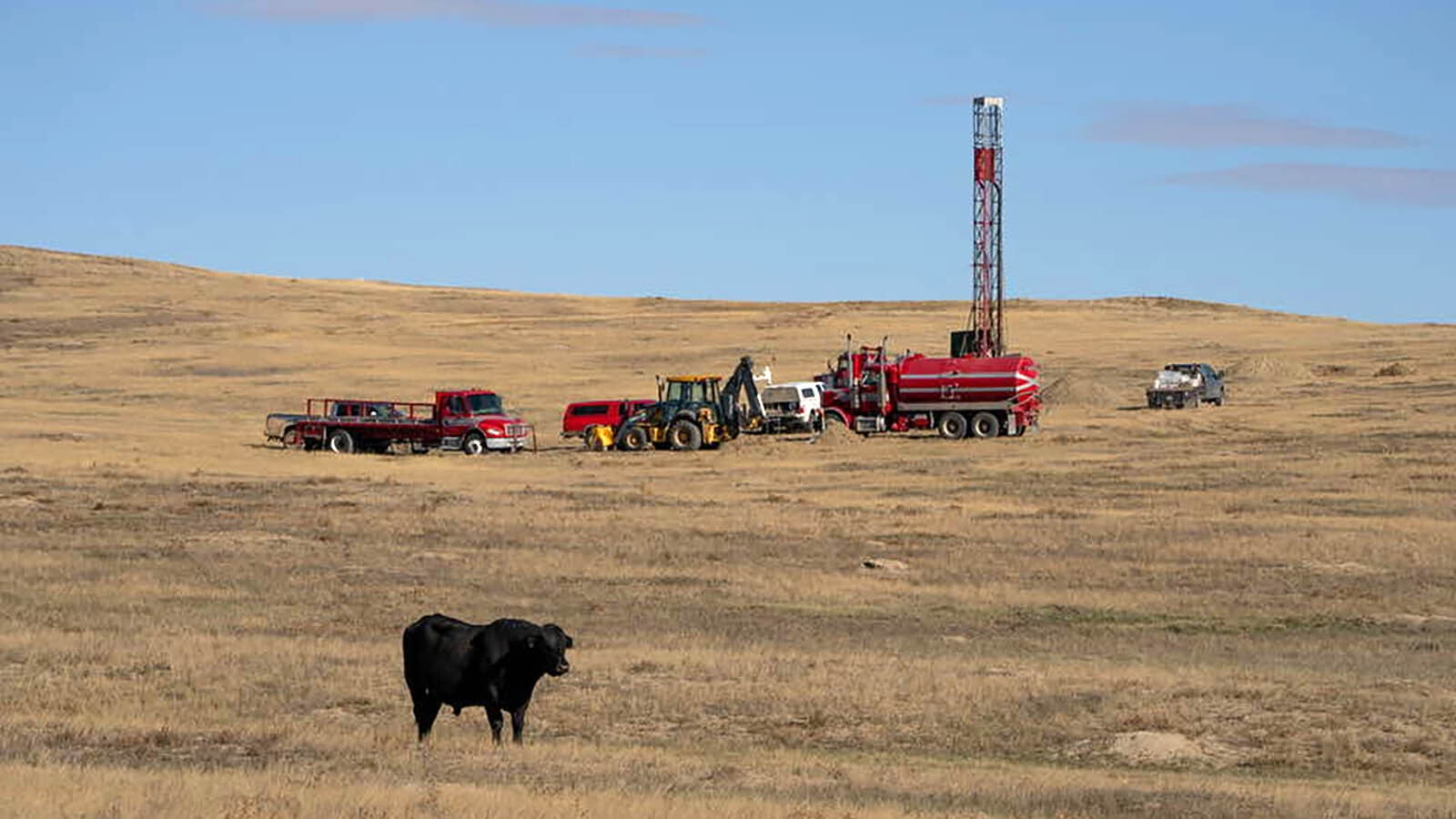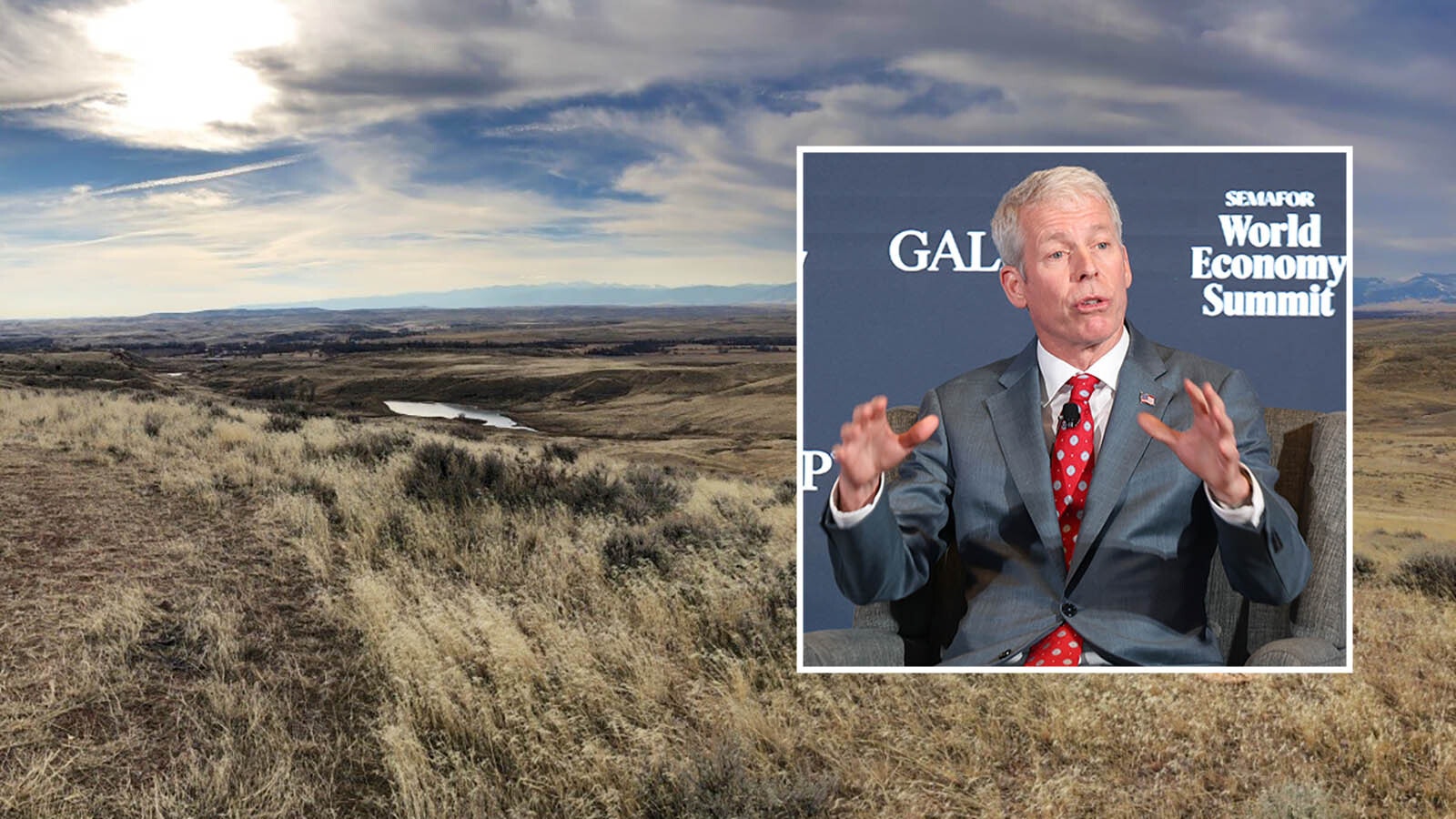Roger Varley doesn’t see many Teslas stopping at his Point of Rocks Travel Center near the same exit as the coal-burning Jim Bridger power plant along Interstate 80 in southwest Wyoming.
In fact, Varley said the only time he takes note is when Teslas arrive on the back of a tow truck – getting dropped off at his adjoining RV park where they can juice up.
The RV park doesn’t have the fast-charging superchargers that the state has proposed building, but the RV hookups do the trick over a few hours of connection time. Customers even hang out at Ned’s Bar or Ned’s Café at the travel center to kill time, he said.
“I’m considering putting in a bench, or park area, to wait,” said Varley of EV owners who encounter “range anxiety” with the gale force winds that occasionally slow down westbound travelers to a crawl between Laramie and his travel center along I-80.
Everyone seems happy with Varley’s back-of-the-envelope bill he charges these desperate customers who ride off thinking they got a more-than-fair charge at $30 or so – with an occasional $20 tip for helping in a tight spot.
“I have no idea how much power costs to put in a car,” he said. “We are both happy at the end of the day.”
No Guaranteed Returns
Varley is joining others in Wyoming throwing their hands up over a federally funded program to build out an electric vehicle (EV) charging network across Wyoming’s interstate system.
Varley, like other business owners, said there are still too many questions that need to be answered before he’s willing to invest his own money. He said more is needed to flesh out a viable EV plan that will be workable in the long run.
The on-again, off-again program was suspended last year while the state recast what it wanted. The program is moving forward again while it polls what fueling stations and others need to make it happen.
Varley is representative of some of the EV interests that have a stake in fast-charging EV stations.
“We don’t see a lot of EVs – especially in the winter — but we are seeing more than we used to,” he told Cowboy State Daily. “It’s not economical to invest in the stations, with one or two stopping by each month. If we see a line forming, then we’ll reconsider.”
Hold Up A Minute
Last May, Wyoming’s EV program was placed on hold over concerns the state could be stuck with a hefty bill if unprofitable stations are abandoned. There also was concern that the $24 million offered Wyoming won't be enough.
Wyoming Department of Transportation gave new investors until the end of this month an opportunity to come up with new ideas and to gauge interest from potential station owners about participating in the federally backed National Electric Vehicle Infrastructure (NEVI) program.
NEVI offered Wyoming nearly $24 million over five years to build 17 charging stations along interstate corridors on I-80, I-25 and I-90.
The program requires a 20% match from private businesses, which would build and operate the stations.
The feds would kick in money to support the stations’ operations for up to five years. The program required no state money.
After five years, the businesses are on their own with operating the charging stations.
It Takes Planning
Garrick Johnson regularly drives 325 miles from his home in Aurora, Colorado, to his uncle’s travel center.
“There aren’t as many destination charging stations in Wyoming as I’d like to see,” Johnson said. “Wyoming can be very unforgiving.”
He’s had a few close calls, especially when the wind howls in an eastwardly direction, cutting down on his Tesla’s range when driving over to Varley’s travel center. He drives I-25 to U.S. 287 at Fort Collins, and finally to Laramie to connect with I-80 – the home stretch over to the travel center.
But wintertime weather and strong wind gusts cut down on a Tesla’s driving range, he said.
“Going west is trickier because there are always headwinds going up over the continental divide,” he said.
Depending on how much he’s fighting the wind, he’ll stop at a Fairfield Inn & Suites along Centennial Drive in Laramie where Tesla has a fast-charging station.
Once he arrives with a half tank of juice at Varley’s travel center, he hooks up the Tesla to a smaller amp charger at the family’s RV campground. There, it takes considerably longer to get a charge.
“You have to have preplanning in mind always,” he said.
Jumping for Excitement?
The state’s new auto dealerships also aren’t jumping for joy with the WYDOT and NEVI program.
This’s because auto dealerships selling new cars are doing their own thing. They are in various stages of installing fast-charging stations – some that are public-facing while others are off-limits to the public.
“They are installing them regardless of whether they are eligible for funding,” said Marsha Allen, executive vice president of the Wyoming Auto Dealers Association.
The trade group represents 49 new auto dealerships across the state, from Cheyenne and Casper to Cody and Jackson. The advocacy group says its members have invested in chargers in their dealerships for the EVs they sell.
“They want to help customers and keep their partnerships with the manufacturers,” Allen said. “The cost is coming out of their pockets.”
Kelli Little, director of governmental affairs with the Associated General Contractors of Wyoming, views the EV industry across the state as a budding one made up mostly of out-of-state drivers trying to travel from one end of the state to the other.
“This could jumpstart the EV industry in our state,” said Little of her group of general contractors who do the lion’s share of WYDOT highway work. “The thought now is that the stations would be for our out-of-state EV visitors, as very few Wyoming citizens own EVs. But that number is growing.”
Jury-Rigged
Varley, whose family has owned the Point of Rocks Travel Center since 1945, said he stands ready and willing to invest in charging station infrastructure as soon as the state gets its ducks in a row.
“For now, there is no point in spending our own money when the state seems to be dragging its feet,” he said.
When a Tesla needing a charge comes through his business, it often is at the end of tow truck hook, Varley said. He has a few spots in his RV park where he’ll let them charge up, but it’s a regular power outlet and not specifically designed for charging EVs.
“If you get to Point of Rocks to juice up, you either miscalculated or the wind cut down your range,” said Varley of travelers headed west from Laramie, the last Supercharger for Teslas along I-80.
“We can accommodate EVs that stop here with our camper trailer plug-ins, but they aren’t fast charging,” he said. “Not all kilowatts are equal.”
Varley said that it’s difficult to calculate the charge for EVs on his camper trailer plug-ins due to complicated formulas involving peak versus non-peak power charges, as well as the slow-moving stream of 50 amps of electricity that come out of power cords at the camper park.
Under the state’s plan, each station would provide at least four fast-charging ports capable of generating 150 kilowatts of juice simultaneously, enough for a 20-minute fill-up. That’s more than what Varley is willing to add at his travel center – mostly because of the expense of building one.
Varley also sees issues with WYDOT’s plan to build the stations every 50 miles and be no more than 1 mile from an interstate exit. WYDOT would support a potential exemption, but Varley believes a better starting point might be stations placed twice the 50-mile distance apart from each other.
“If the state can’t make it a profitable business, then we’ve got a problem,” Varley said. “I just want the state to make sure the infrastructure is there, because there is a big stretch of unknown.”
Pat Maio can be reached at pat@cowboystatedaily.com.


